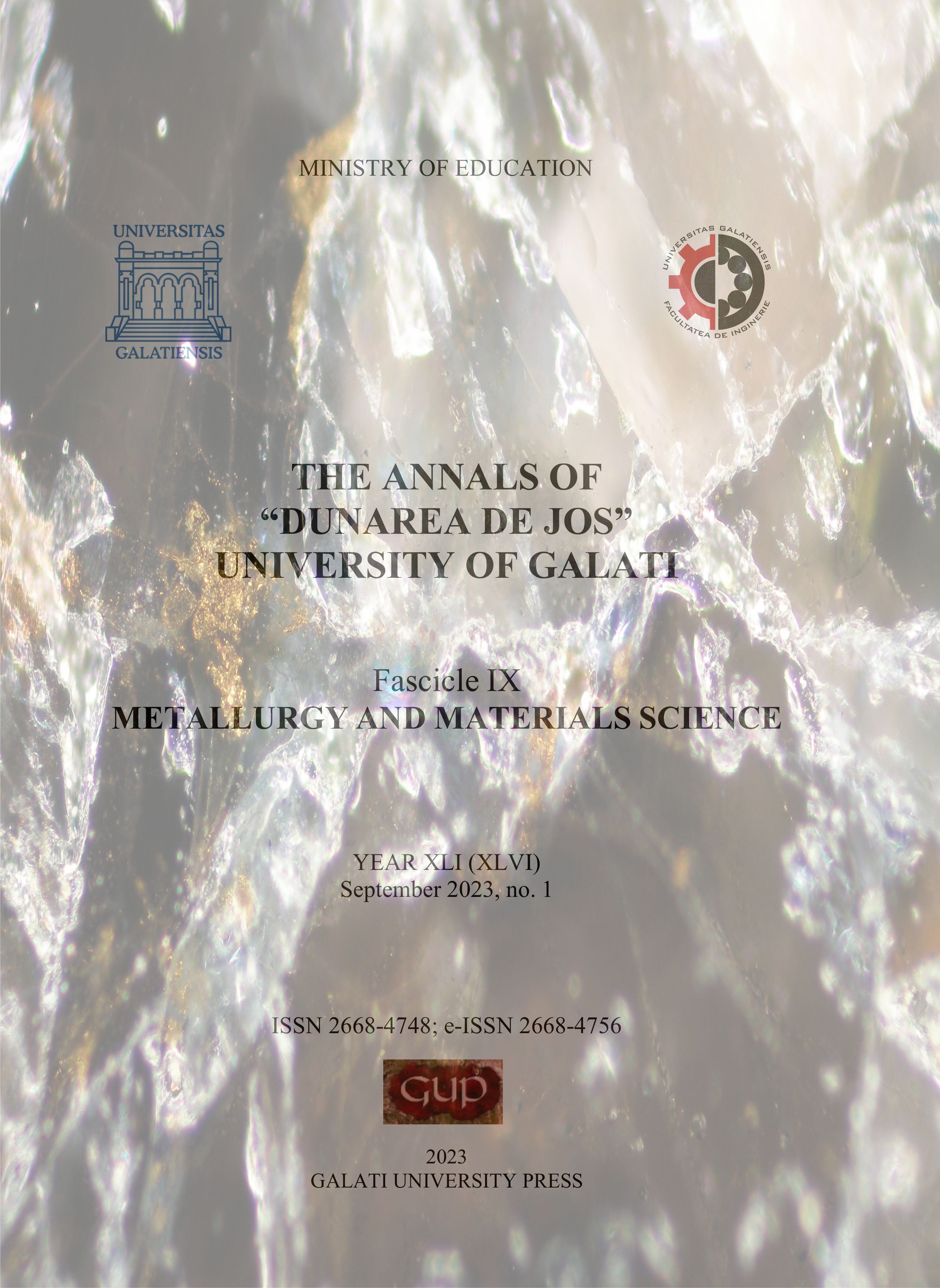Sustainability in Construction
Abstract
The main theme of this work is the sustainability of buildings and their relevance for sustainable development in Romania and Europe in the current context of orientation towards sustainable augmentation, minimizing the negative impact on the environment.
A sustainable building must be designed to use the necessary resources: energy, water, and materials in a more efficient way while aiming at reducing the impact that the construction itself has on the health of the occupants but also on the environment.
As it is known, human activity in the last few centuries has led to the consumption of resources and the spread of pollutants in the environment.
According to statistics, over time it has been proven that the construction sector is one of the most active contemporary polluters. The largest amount of greenhouse gas emissions from the building sector results from the use of energy (e.g., for heating, lighting, etc.). Thus, it is demonstrated the need to decrease energy consumption for the use of buildings, but also for their construction and recycling.
Downloads
References
[2]. Stanca S., Refurbishment of Decommissioned Buildings in the Context of Sustainable Development, Bul. Inst. Polit. Iași, 62 (66), 1, p. 61-71, ISSN: 1224-3884 (p), ISSN: 2068-4762 (e), 2016.
[3]. ***, https://www.activesustainability.com/construction-andurban-development/sustainable-buildingmaterials/?_adin=01833301559, accessed on 2.11.2022.
[4]. ***, https://www.bigrentz.com/blog/sustainable-construction, accessed on 2.11.2022.
[5]. ***, https://www.bigrentz.com/blog/the-future-of-buildingmaterials, accessed on 4.11.2022.
[6]. ***, https://engg.dypvp.edu.in/blogs/sustainable-constructionmethods-benefits-and-challenges, accessed on 4.11.2022.
[7]. ***, https://www.europarl.europa.eu/factsheets/ro/sheet/77/consumul-siproductia-durabile, accessed on 5.11.2022.
[8]. ***, https://www.frontiersin.org/researchtopics/33008/construction-materials-and-technologies-asustainable-approach, accessed on 12.11.2022.
[9]. ***, https://mtcopeland.com/blog/a-guide-to-sustainablebuilding-materials/, accessed on 14.11.2022.
[10]. ***, https://nestcon.com/sustainable-construction-methodsand-benefits/, accessed on 21.11.2022.
[11]. ***, https://ourworldindata.org/emissions-by-sector), accessed on 9.12.2022.
[12]. ***, https://ourworldindata.org/grapher/annual-co-emissionsby-region, accessed on 9.12.2022.
[13]. ***, https://ourworldindata.org/grapher/annual-share-of-co2-emissions?country=European+Union+%2827%29~ROU~Europe+%28excl.+EU-28%29~European+Union+%2828%29, accessed on 9.12.2022.
[14]. ***, https://ourworldindata.org/grapher/annual-share-of-co2-emissions?country=~ROU, accessed on 9.12.2022.
[15]. ***, https://www.renewablesinafrica.com/africas-increasinginvestment-in-sustainable-construction/, accessed in 17.01.2023.
[16]. ***, https://www.rockwool.com/ro/despre-noi/filozofianoastra/blog/importanta-sustenabilitatii-in-constructii/, accessed on 26.01.2023.



